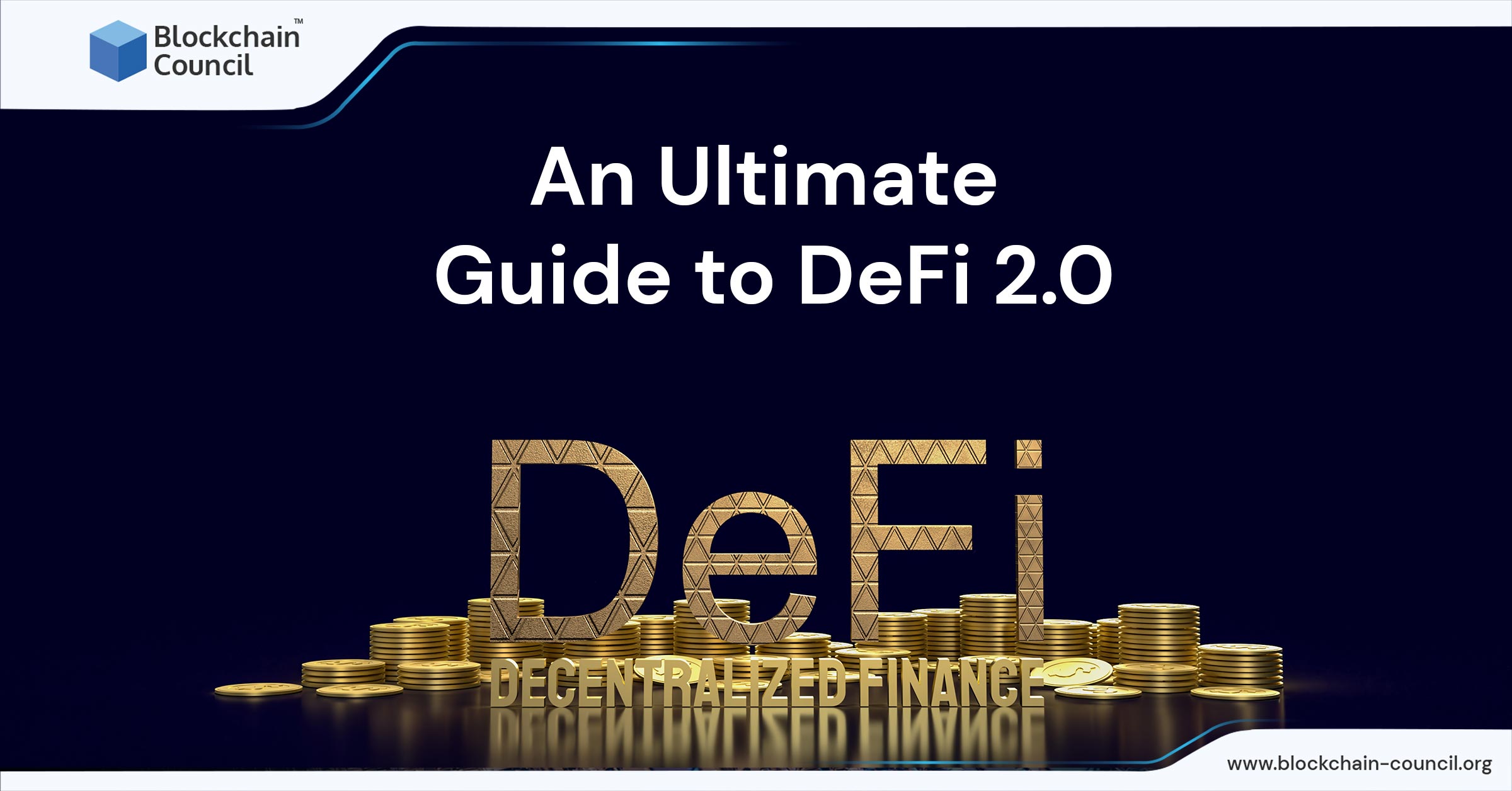
- Neeti
- December 21, 2022
As compared to the traditional finance wallet, DeFi provides a number of benefits and several tools to its customers. The main objective of Decentralized finance (Defi) blockchain-based solutions is to resolve the issues of traditional finance. However, DeFi also has certain limitations that need to be resolved. It has been the nature of the blockchain industry to keep on evolving at a faster pace, and thus, to overcome the limitations of DeFi or DeFi 1.0, DeFi 2.0 has been introduced.
So, this article brings to you all that you need to know about DeFi 2.0 while covering the basics of DeFi 1.0.
What is DeFi?
DeFi stands for decentralized finance. It is a fast-evolving sector that is constantly developing. The main goal of DeFi is to revolutionize conventional lending and banking methods. If we become more specific, DeFi lets its users earn interest on crypto tokens that are idle, borrow funds, secure insurance, and that too without the involvement of a third-party entity.
Being centralized itself states the blockchain can function efficiently without the presence of a middleman. The middleman can be an individual, a developer, a bank, etc. One of the essential benefits of DeFi is that it enables trust-less financial processes to happen within the entire ecosystem.
Benefits of DeFi
There is a number of benefits of DeFi that you are going to learn in this blockchain course. These benefits are mentioned down below:
- DeFi has the benefit of being open. You do not really have to apply for anything in order to create and open an account. You can get access quickly to it by creating a wallet.
- It is pseudonymous. You don’t have to provide details such as name, email address, or any other personal information.
- It is highly flexible. By being flexible, it implies that it lets its users move their assets anywhere at any time. It can be done easily without asking for permission, paying costly fees, and waiting for so long for transfers to finish.
- DeFi is extremely fast. There have been updates of interest rates and rewards quite fast as compared to conventional financing methods.
- It is genuinely transparent. You can see the complete set of transactions. Nothing is hidden, and users can keep track of all the transactions that are being carried out.
How does it work?
Users can easily engage with DeFi through software known as decentralized apps, commonly known as Daaps. Unlike a traditional bank, users do not have to fill out an application to open an account. Instead, people can engage with DeFi by mentioned means:
- Users can lend their crypto and earn interest and rewards every 60 seconds.
- Getting a loan has become relatively easy. You don’t have to fill in paperwork and documents to get a loan. Users can also get short-term “flash loans”, usually not provided by conventional financial banks.
- Users can make peer-to-peer trades of their certain crypto assets. You can easily buy and sell stocks without the involvement of any kind of brokerage.
- Users can also put their crypto into a saving account and earn interest on that crypto. Interest earned on crypto will be much more than the interest people usually get from a bank.
- Users can also make long or short bets on certain crypto assets while considering these assets as futures contracts or stock options.
Limitations of DeFi
There have been certain limitations of DeFi, which led to the introduction of Defi 2.0. These challenges and limitations are :
● Uncertainty
There has been uncertainty if we talk about DeFi. If the blockchain that is responsible for hosting a DeFi project is unstable, then there are chances that the project may be unstable as well. Investors are well aware of the fact that the Ethereum blockchain is undergoing constant development. However, it can possibly introduce a number of risks to DeFi projects. Thus, uncertainty is one of the limitations of DeFi.
● Scalability
One of the problems faced by DeFi projects is scalability. It takes a long time for transactions to get confirmed. Sometimes, transactions can get quite expensive, especially during congestion time.
● Problems related to smart contract
Smart contract vulnerability is one of the primary reasons behind the problems of several DeFi projects. A massive loss of funds can be made by any slightest issue in the smart contract’s code.
What is DeFi 2.0?
As the name states, DeFi 2.0 is the second generation of DeFi. The issuing of applications and projects of decentralized platforms depends on various models of financial-based agreements. These models keep evolving and feature a number of benefits to their users. DeFi has indeed gained stardom in the blockchain industry in a span of a few years. It has been growing at a fast pace since 2021, and the reason behind that is its efficiency. Thus, it has been evolving into a new era known by the term DeFi 2.0. DeFi 2.0 is a revolutionized and upgraded version of all the pre-existing models of DeFi. There were some limitations in DeFi 1.0, and it has been resolved in DeFi 2.0. It is basically a short description of decentralized finance. In this guide, you will get a chance to learn DeFi and DeFi platform in detail.
It has been certain that every technology innovation takes the world into a new space. Technology keeps bringing new innovations and models, which helps in the evolution of the tech world. The same thing happened with decentralized finance (DeFi) being a blockchain-based innovation. The world has already been talking about DeFi 2.0, and it has already been in trend. It came into existence just a few years after DeFi 1.0 was born. Let’s explore fully what DeFi 2.0 is and what it is all about.
Why Does DeFi 2.0 Matter?
The introduction of DeFi 2.0 has led the world into a brand new area of revolutionized DeFi protocols. The main objective of DeFi 2.0 is to resolve the limitations that are present in early generation DeFi. The second version has new innovations and solutions and only promotes the growth of DeFi space in the blockchain world. Furthermore, it provides new and unique mechanisms to its customers to promote financial freedom.
Early DeFi protocols faced the issue of scalability and the unfriendly user interface, as
most DeFi solutions emerged from the Ethereum blockchain. These complex features in the model make it quite challenging for users to operate, especially for newbies who are not yet aware of how to operate decentralized products. Another issue users face is the high gas fees and long waiting periods to execute transactions. DeFi 2.0 is ready to solve all these issues and deploy the necessary infrastructures.
Advantages of DeFi 2.0
The second generation of DeFi- DeFi 2.0 makes sure to promise a number of functionalities to make the DeFi space easy to be used by users.
-
Insurance on Smart contracts
With DeFi 2.0, you can get insurance on smart contracts. This reduces the risks that are being associated with smart contracts. Also, DeFi 2.0 makes sure that users are safe against any kind of risk of impermanent loss.
-
Self-repaying loans
Other than that, the second generation of DeFi is also known to reduce the risks that are associated with lending processes. It helps to eliminate the interest that is payable on loans.
-
Supply of liquidity
It includes the reduction of the cost that is associated with executing transactions. Thus, it means there is a low gas fee and the process of transaction is quite swift. DeFi 2.0 also promises an efficient supply of liquidity.
Risks of DeFi 2.0 and Their Prevention
Although there are many advantages of DeFi 2.0, the system also has some risks which are:
-
Rough User Experience
People can experience rough experiences while using Defi 2.0 when the DeFi project goes down. It doesn’t let users withdraw their assets.
-
Smart Contract Security
The safety of a smart contract is not guaranteed. It is important to make sure while audits may occur, the protocol in which you are going to invest is trusted and secure.
-
Shifting Regulations
Standards and regulations of the industry need to be adjusted.
-
Impermanent Loss (IL)
There is market volatility that DeFi 2.0 may cause unwanted and unexpected issues. Users may face issues like temporary loss of data.
-
Investment
There is a risk related to investment. It has been certain that investing in any financial tool is quite risky all the time. Users can be exposed to investment risks as smart contracts in the new generation may also have some loopholes available. Therefore, investors are being advised to carry out intensive research on any kind of project before investing in them.
-
Liquidity
Another type of risk that is available is a risk related to liquidity. It is important to consider that the risks that are related to liquidity can always be reduced but cannot be eliminated. DeFi 2.0 is known to render protection to risks against risks like impermanent losses. But there are still chances of miners getting exposed to losing some amount of funds. That is why liquidity miners need to get them careful and equipped.
Conclusion
Although there are currently a lot of successful initiatives in the DeFi field, DeFi 2.0 has yet to reach its full potential. Most customers still find the subject to be difficult, thus nobody should use financial goods they don’t completely comprehend. A procedure that is easier to use still has to be developed, especially for novice users. New approaches to lower risk and generate APY have been successful, but it remains to be seen whether DeFi 2.0 will live up to its full potential.
If you want to know more about DeFi and blockchain technology, then check out for the certification courses offered by Blockchain Council. Blockchain Council offers some of the best and most extensively crafted blockchain courses at an economical price. You can navigate to the Blockchain Council’s website and browse for the list of available certification programs.

































































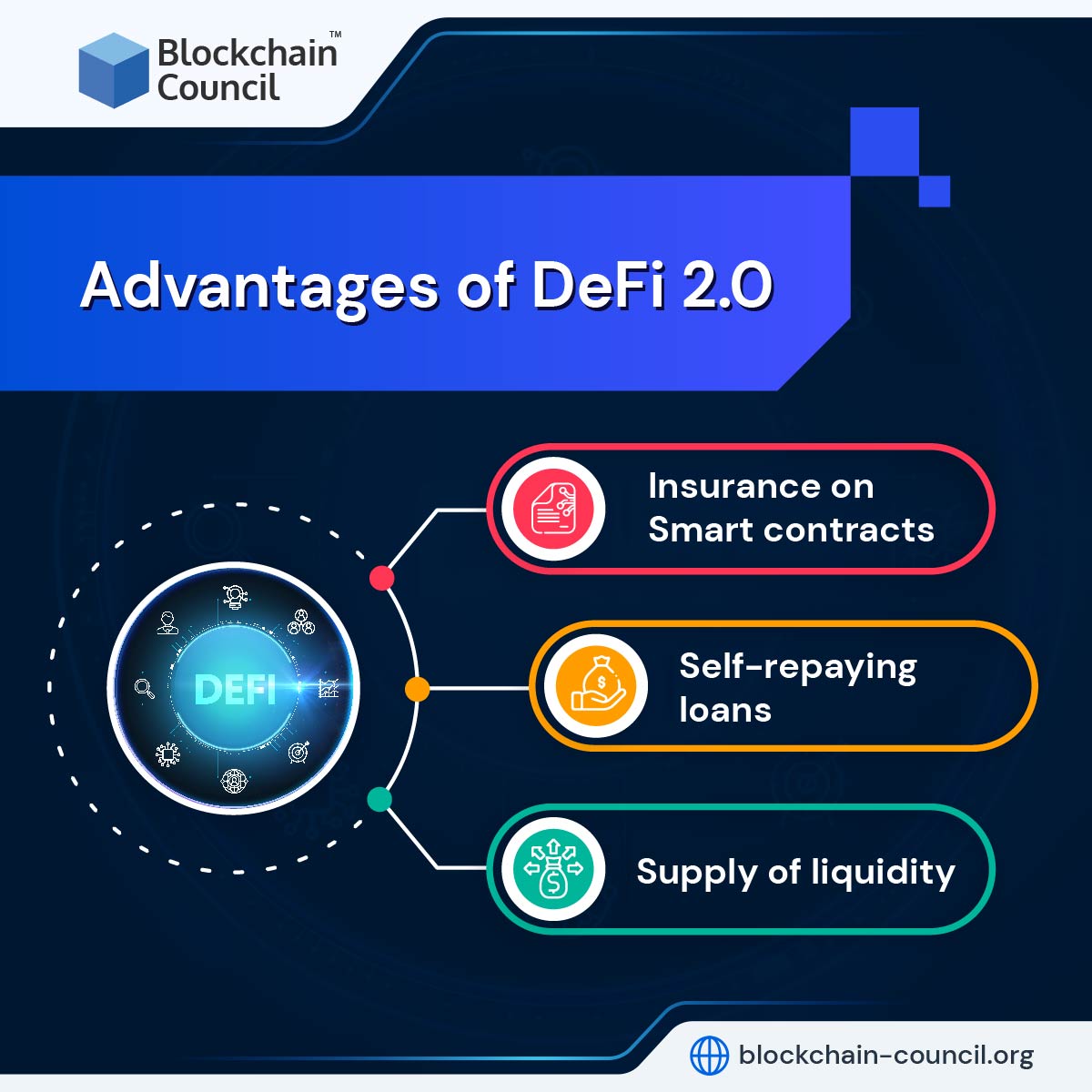
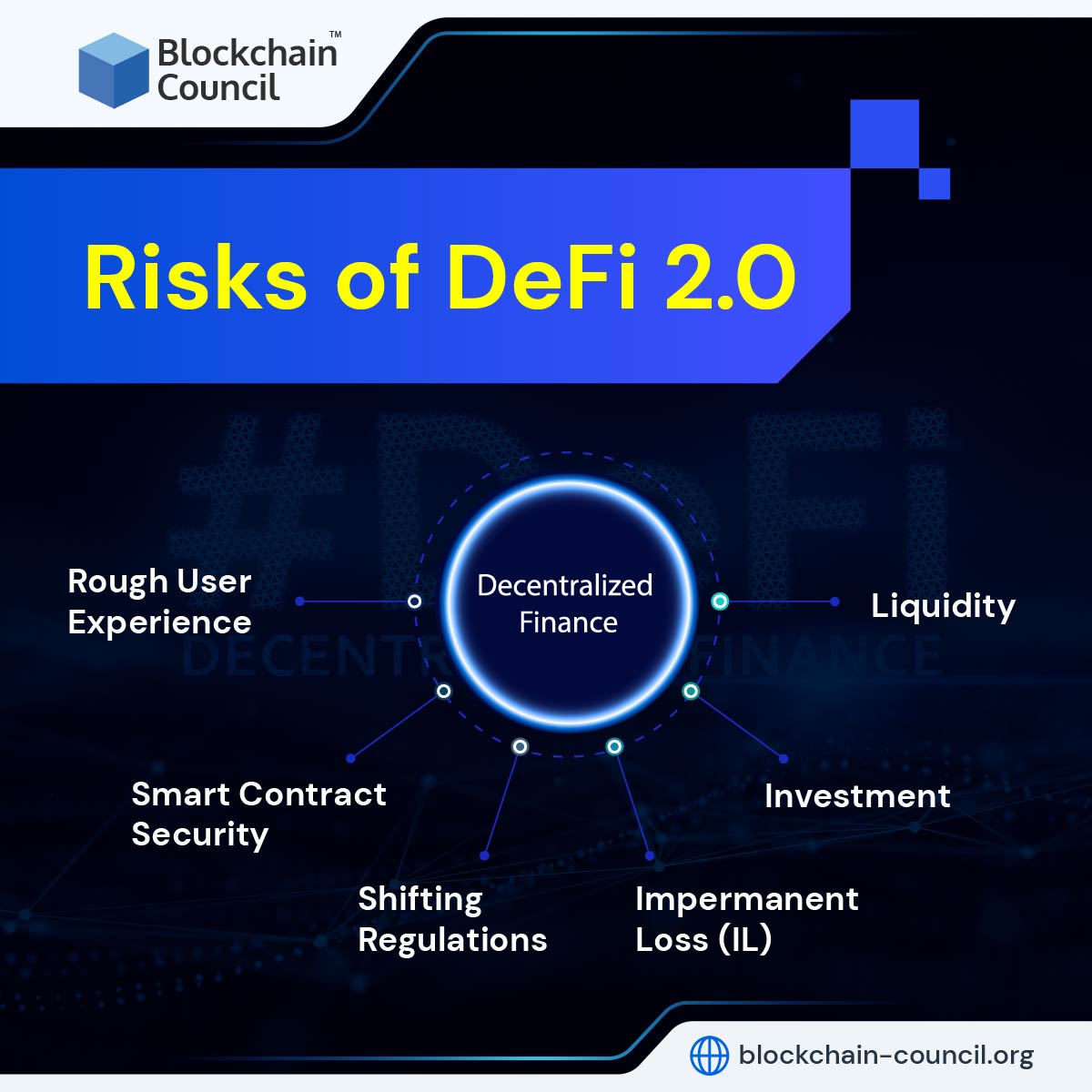
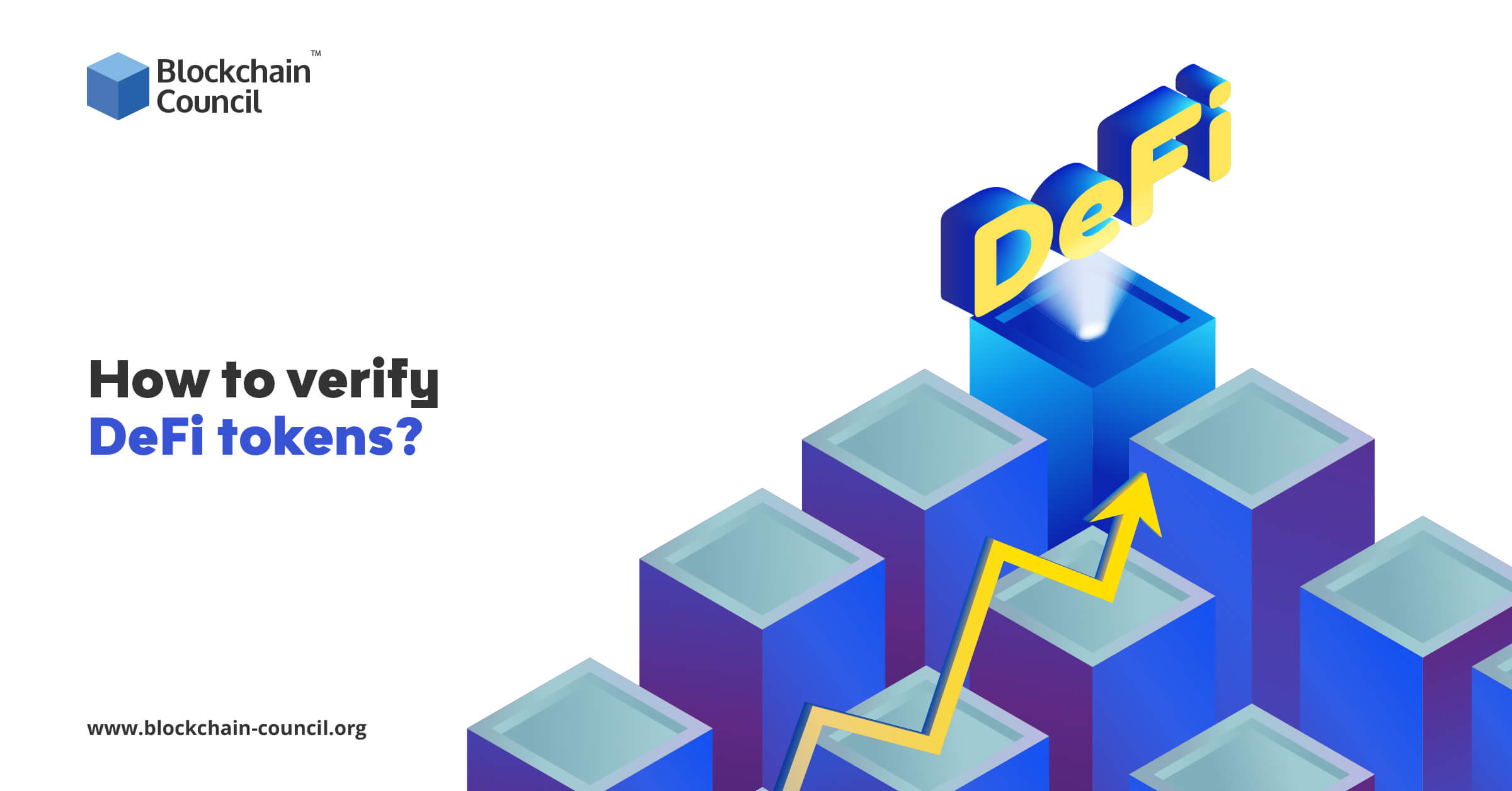
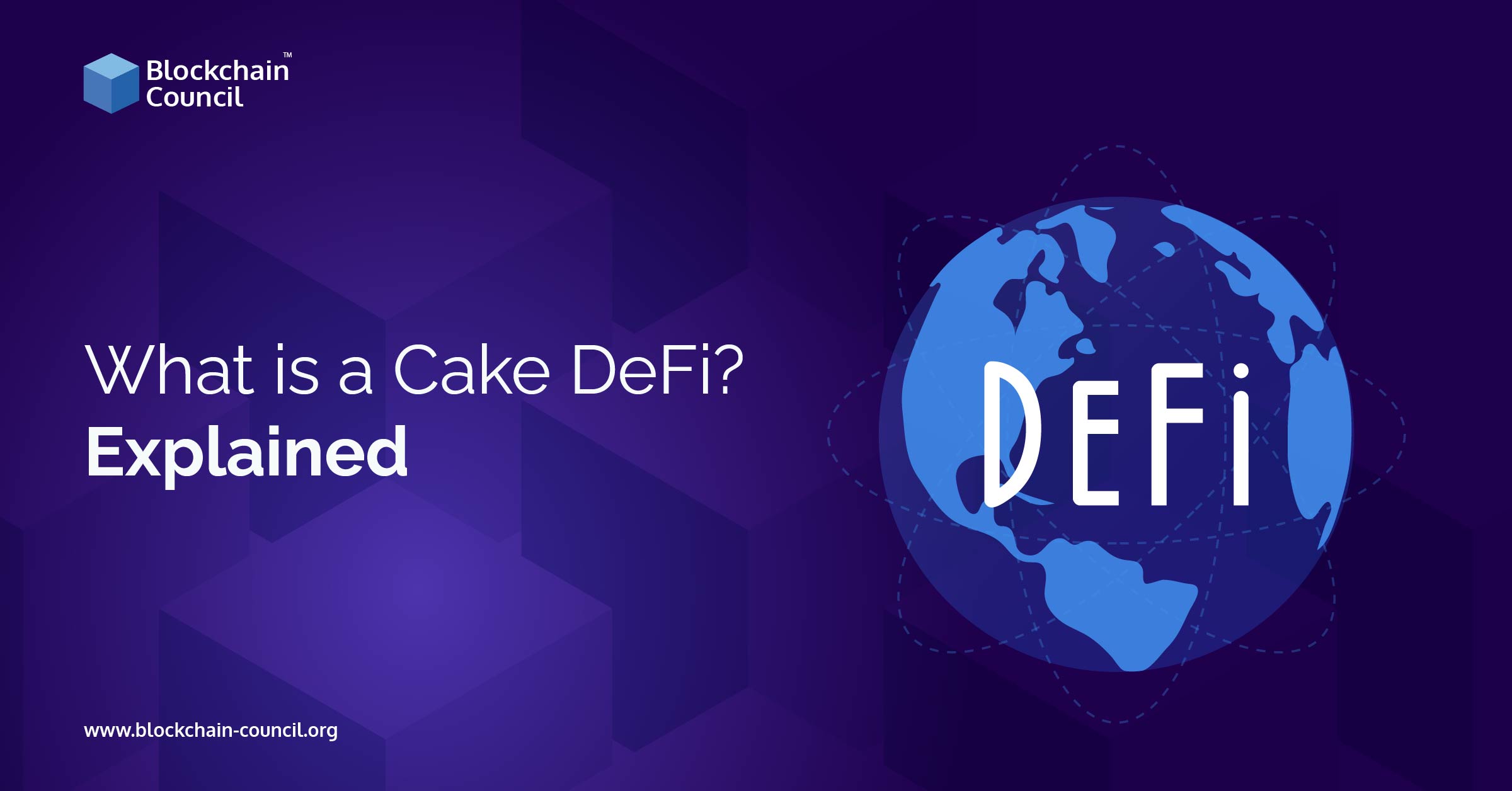
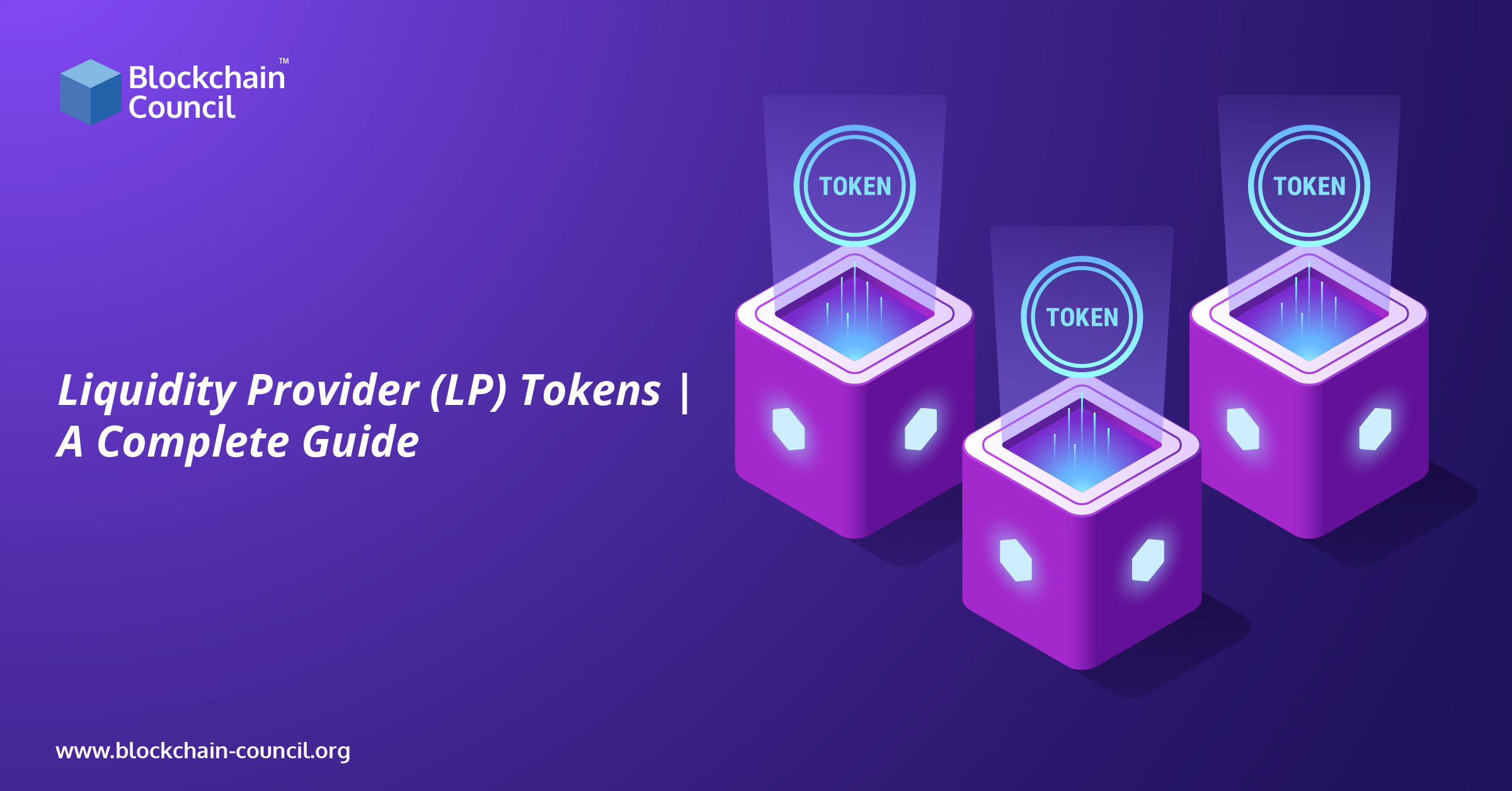
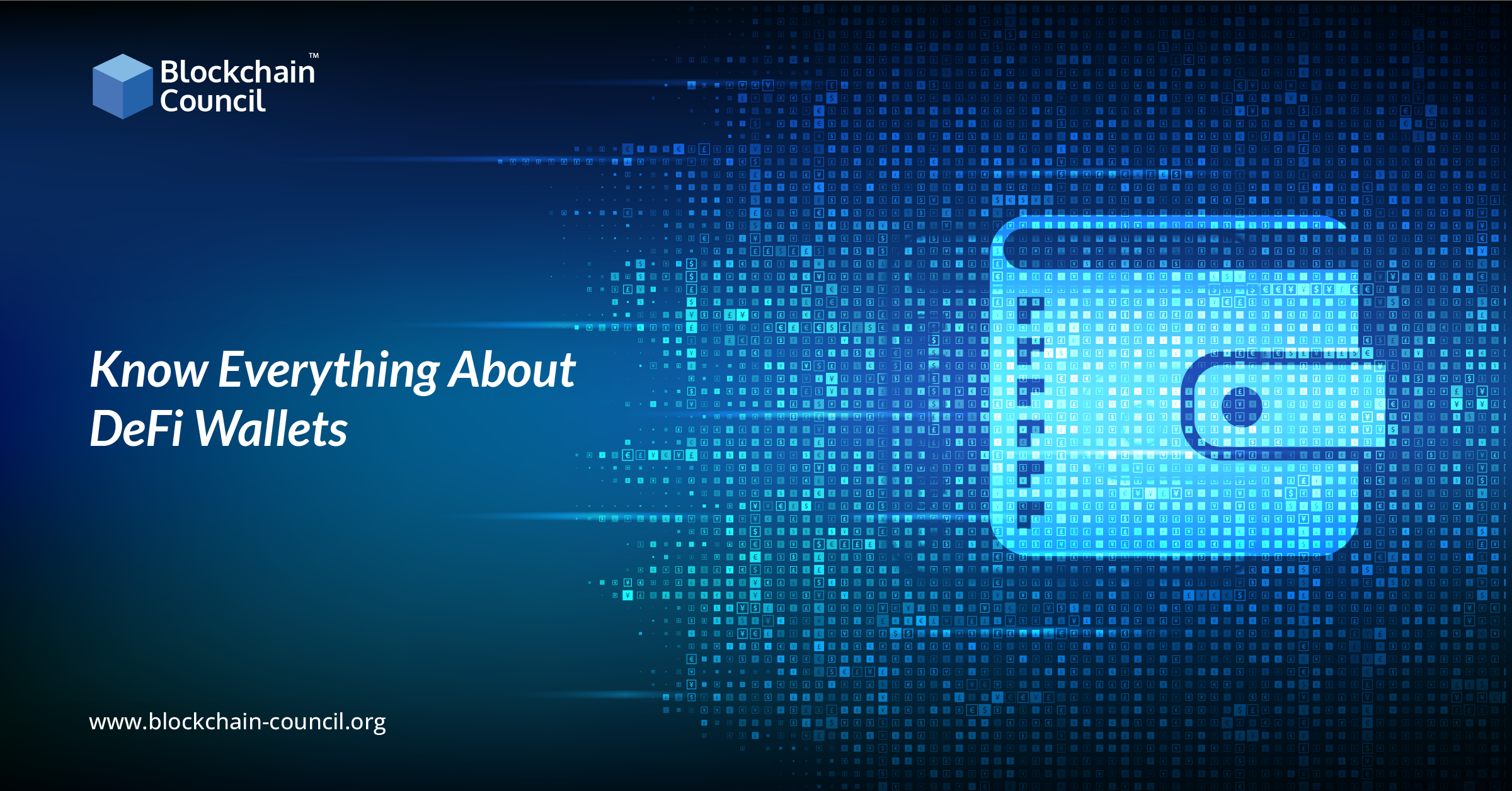
 Guides
Guides News
News Blockchain
Blockchain Cryptocurrency
& Digital Assets
Cryptocurrency
& Digital Assets Web3
Web3 Metaverse & NFTs
Metaverse & NFTs
